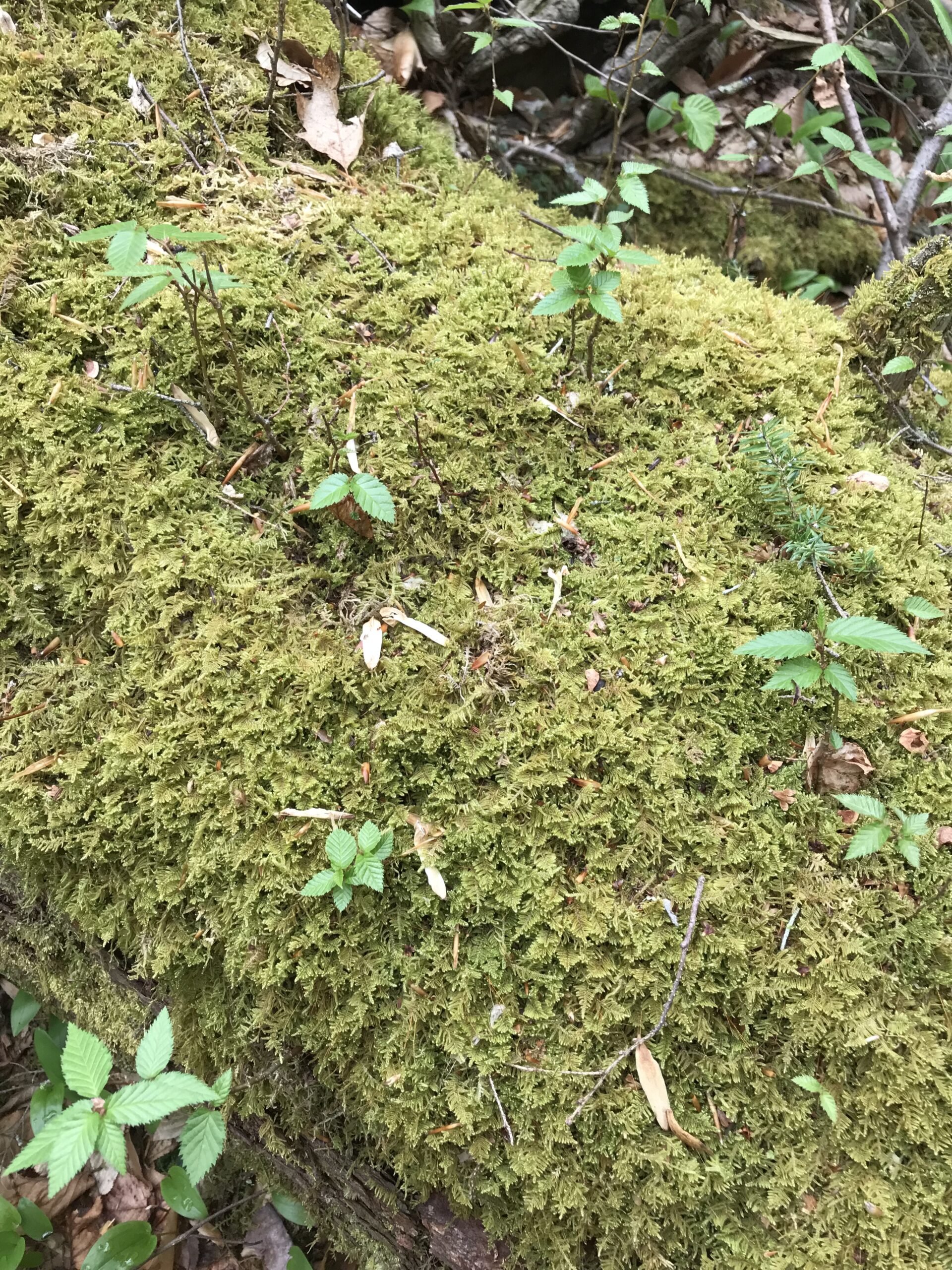
The Ecology of a Changing Forest
Whether we like it or not, the forests of southern NY are changing. To understand this change, how to lessen its impact, and improve the health of existing forests, we need to understand the historical factors that led to the creation of our woodlands.
By 1880 most of New York State was cleared of trees for farmland, with 241,000 farms comprising 22,900,000 acres. All natural predators were eliminated and white-tailed deer became nearly extinct. Soon farmers abandoned these farms for better lands out west and the trees grew again. At the same time, the deer population, without any predators and with plenty of food from the new forest, exploded. It is this super high deer population and the post-agricultural soils that dramatically influenced the forest that covers most of our area today. Characterized by soils high in nitrogen (from past agriculture activities), low-species diversity of trees (deer ate what they preferred), trees of the same age class (they all grew back at the same time), and no understory (destroyed by hungry deer), the poor condition of this habitat still negatively affects all wildlife that lives here. It also makes a perfect environment for colonization by non-native species introduced by increased global trade.
So how can we help improve the health of these forests? First we need to control the non-native species that are having the greatest impact. There are 379 non-native invasive species in Westchester/Putnam Counties right now and that number is growing. We can’t eliminate all of them, but we can practice triage and control ecosystem-changing species like oriental bittersweet, mile-a-minute vine, porcelain berry and other vines along with aggressive shrubs like Japanese barberry. However, this strategy alone will not have much of an effect if we don’t also address the influence of deer and work to improve forest soils. Fencing can play a role, but does not address the overall overpopulation problem. It just pushes deer to adjacent unfenced land. The white-tailed deer population is best controlled by predation and hunting (humans as predators) as well as predators like coyotes, bobcats, and bears are import factors in that control. To help improve soil health we can let fallen trees lie and resist the urge to clean up the forest floor. A messy forest is often a healthy forest, defined by species diversity, plenty of dead logs and leaves to nourish the soil, and structural topography to allow plants and animals to move into new niches in a changing climate.
Stewardship & Land Management News
Click here for a list of all previous Stewardship & Land Management News.
